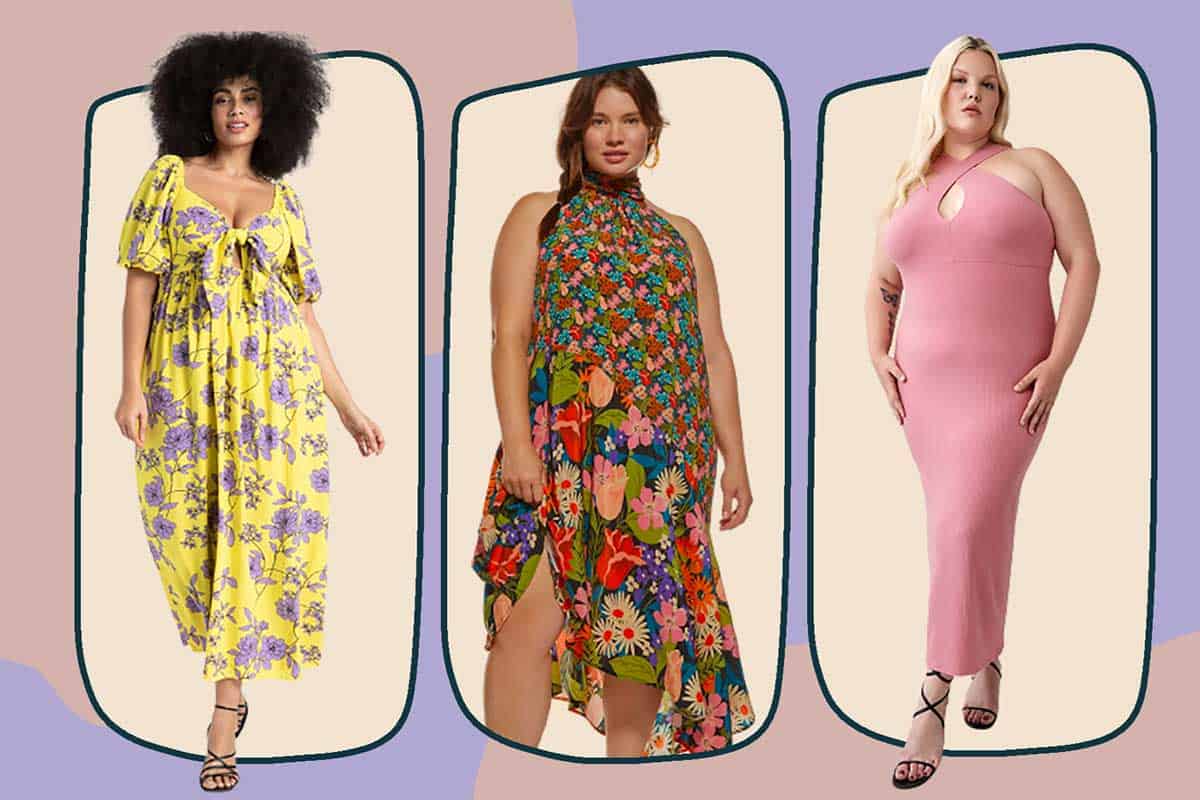Gone are the days when a 36-24-36 body stat was considered to be the norm, and any variation was an anomaly. Today, people all over the world have embraced body positivity, and plus-size individuals have clothing lines that are exclusively designed for them.
Flaunting Your Curves: Designing For The Plus Size
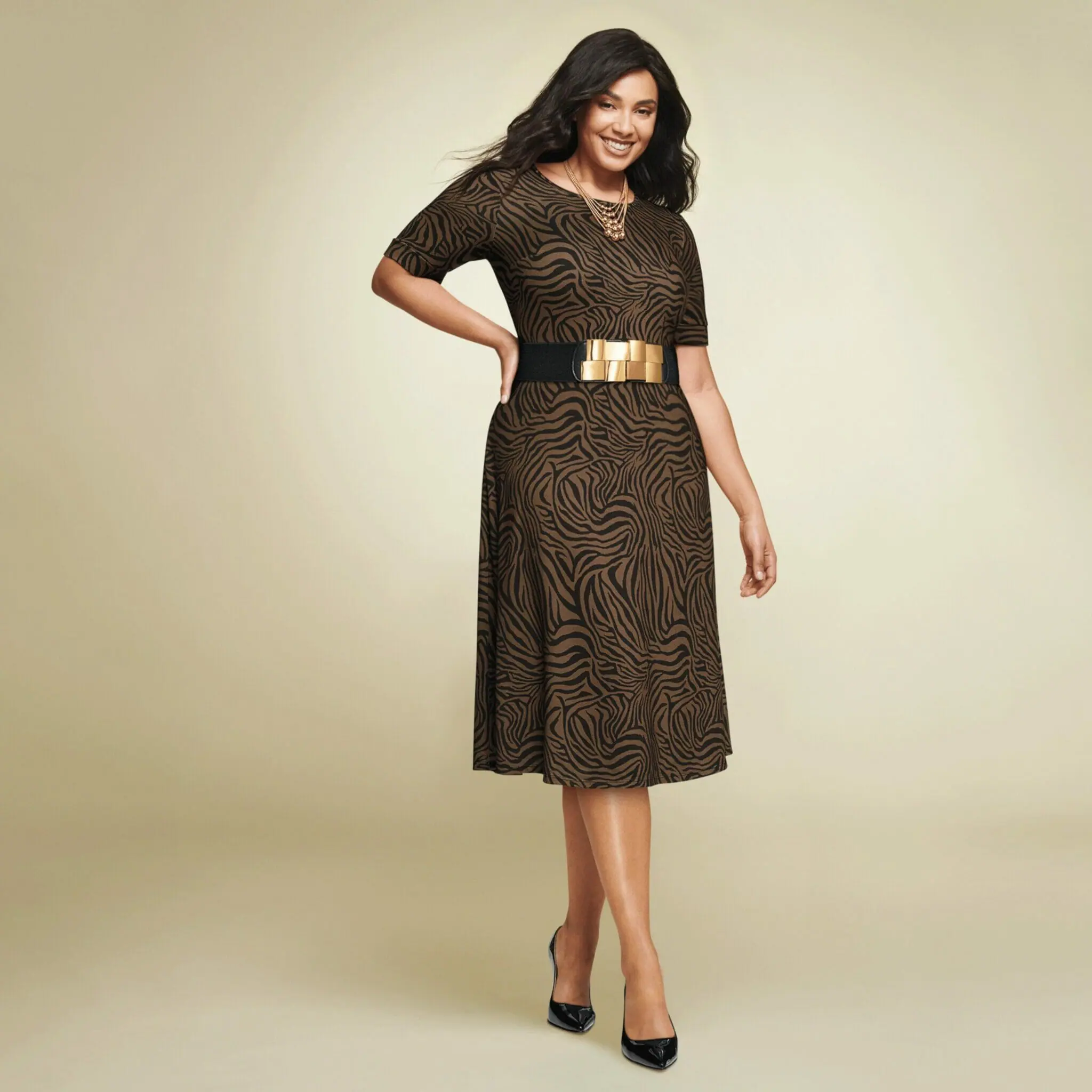
Plus-size clothing is meant for those who have a body size larger than the average. However, the definition of plus size is fluid. For instance, anything beyond size 14 may be considered plus size in Australia, but anything beyond size 16 may be considered plus size in the United States.
So, ethnicity and regional variations also matter when it comes to designing plus-size clothes. If you have been looking for classy plus-size clothes that you can wear for your next office party, you can check out Hello Curve. Moreover, if you wish to design a plus-size dress all by yourself, here are some very useful tips.
Understand The Body Types
Before you start designing anything for a plus-size woman, you must understand the different types of body types a woman has. Some have a pear-shaped body, others have an hourglass figure, yet others have a rectangular-shaped body. So, when you design a wrap-around skirt/dress or a high-waisted skirt, you have to keep in mind the basic body type of the woman.
Likewise, there are a few body parts that are highlighted in women of plus size. So, the thighs, the hips, and the bosom are to be paid key attention to when designing a dress or styling an outfit. So, depending on the body type, the type of outfit, and the occasion for which the dress is to be worn at the waist, the things need to be either highlighted or hidden.
Dump The Elastic
In many cases, people think that plus-size clothes are scaled-up versions of regular-sized clothes. In most cases, people put an elastic near the hip or waist or below the bosom so that the dress can be stretched according to the body size. However, these elastics look ugly and also destroy the shape and flow of the dress. So, if you are to design plus-size clothes, you must dump the elastic altogether.
Go For Dresses That Elongate Your Body Shape
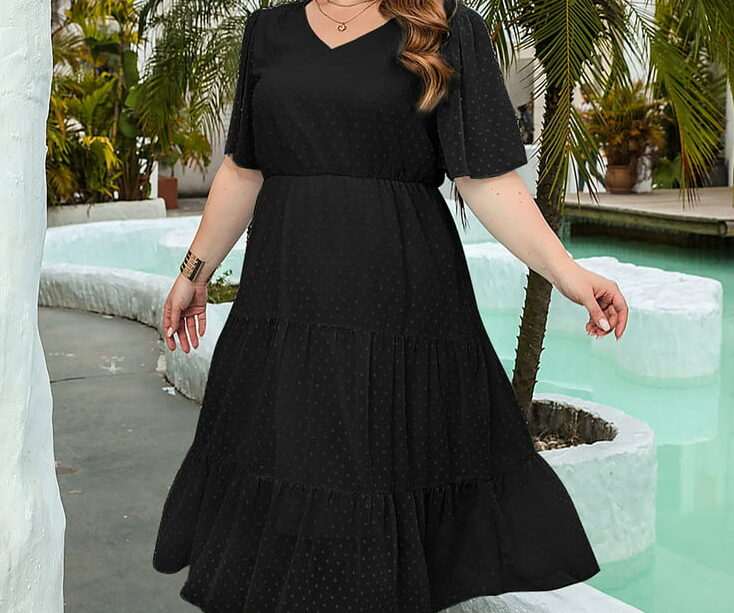
There are specific fits that give an elongated appearance that makes you look taller and, in effect, slimmer. For instance, if you are going to use a belt or waistband in the pants, you can design the pants with a high rise that will show your ankles. Exposing one’s ankles makes a person look taller. Likewise, exposing a person’s wrist bones also makes them look slimmer. So, if you are designing a full-sleeved shirt or dress, keep the sleeve length long enough so that the wrist bones get exposed. You can go for three-fourths sleeves and ankle-cropped pants or midis to appear tall and get a slimmer appearance.
Highlight The Curves
One major misconception is that plus-size clothes are meant to hide the curves that are the hips, waist, etc. Quite contrary to the belief, plus size clothing is designed to fault and, in many cases, accentuate the curves of a woman’s body. So when you are designing for plus-size women, always keep in mind that they highlight the hip. The bosom and the waist. You need not avoid bodysuits or any body-hugging fit; they just need the right underclothes to give them an overall good appearance.
In the case of women who have an hourglass shape, they have a thicker midsection or torso. So, it is vital to highlight the hourglass shape instead of hiding it. So, you must highlight the midsection of the body, and for this, you might use a shirtdress, wrap dress, fit and flare style clothes, or even jumpsuits with a belt or waistband.
Wearing Dresses That Flow
Dresses that do not have a belt and flow freely in an A-line shape are often associated with maternity wear but they make excellent dresses for plus sized women as well. So design long flowy maxis, untucked shirts that flow for plus size women who want to ditch tight fits in a hot summer afternoon. Apart from maxis you can also design loose joggers, oversized tees and long skirts to create a flowy look.
Design Jackets And Shrugs
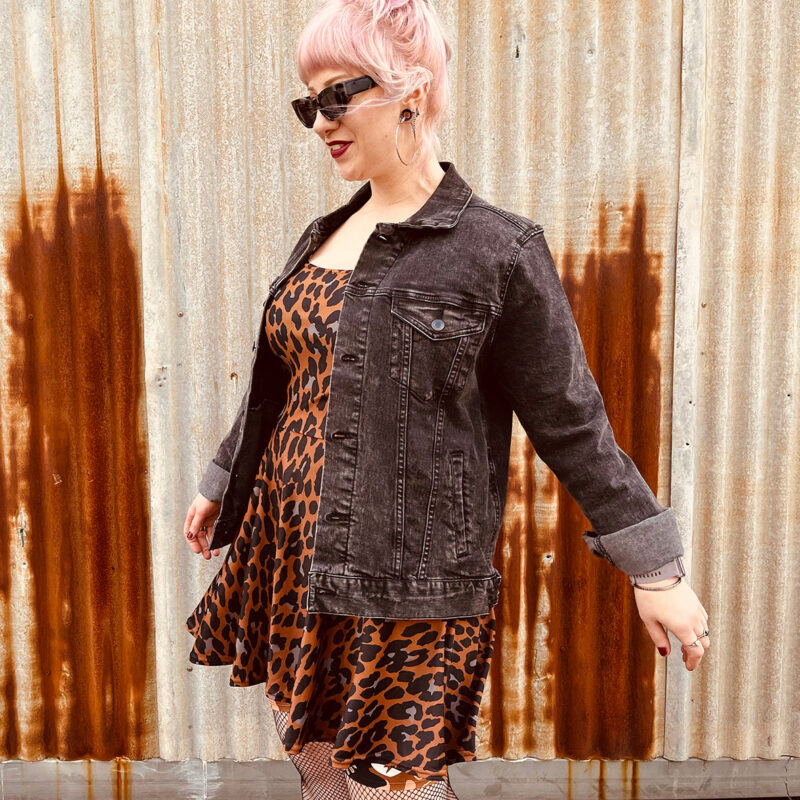
Dusters, blazers, cardigans are essential for women of all sizes. So for plus size women you need to keep in mind the need for coverage and the fit when designing dusters and blazers.
Pay Attention To The Bras Or Bralettes
When you design for plus-size women, you must also give thought to the undergarments that will go with each type of dress. So, if you are designing a bralette, design a bralette that gives the bosom a lift. Again, if you go for support bras, try to elevate the chest as it will make the torso look longer and, in turn, make the person look slimmer.
Be Experimental With Shades And Colors
There is no rule when it comes to shade and color for clothes of plus size women. They can wear all types of shades, tones and colors and a lot of other factors like the complexion and the makeup of the women matters when it comes to choosing the right shade of clothes.
Final Words
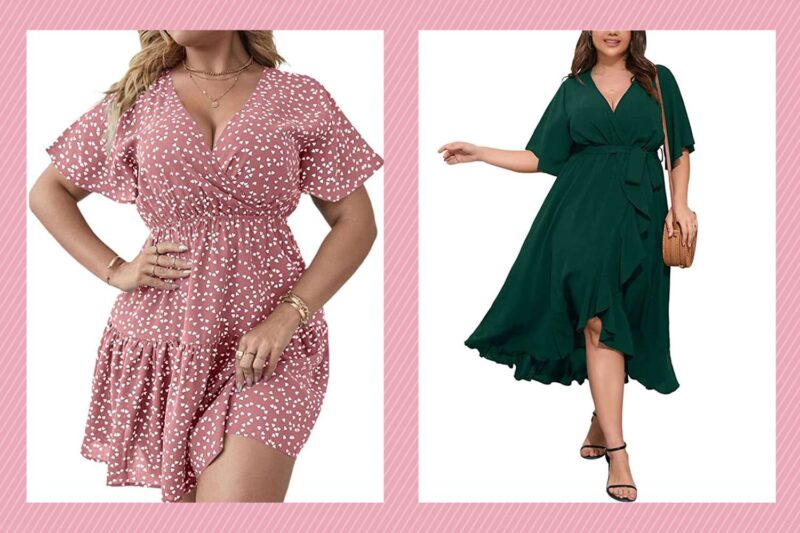
Designing for plus-size women may seem challenging because, for centuries, slim and tall body types have been considered to be the norm. However, there is a huge market for plus-size clothes, and most menopausal women are forced to go for plus-size clothes. So, when you design for well-bodied women, feel free to be creative and experimental.
Try to design clothes that flaunt the waist and hip instead of hiding them. Also, go for clothes that give an elongated look, like pants that expose the ankle and sleeves that expose the wrists. And finally, pay attention to the comfort and preference of the person for whom you are designing the clothes.

